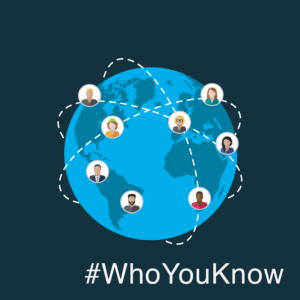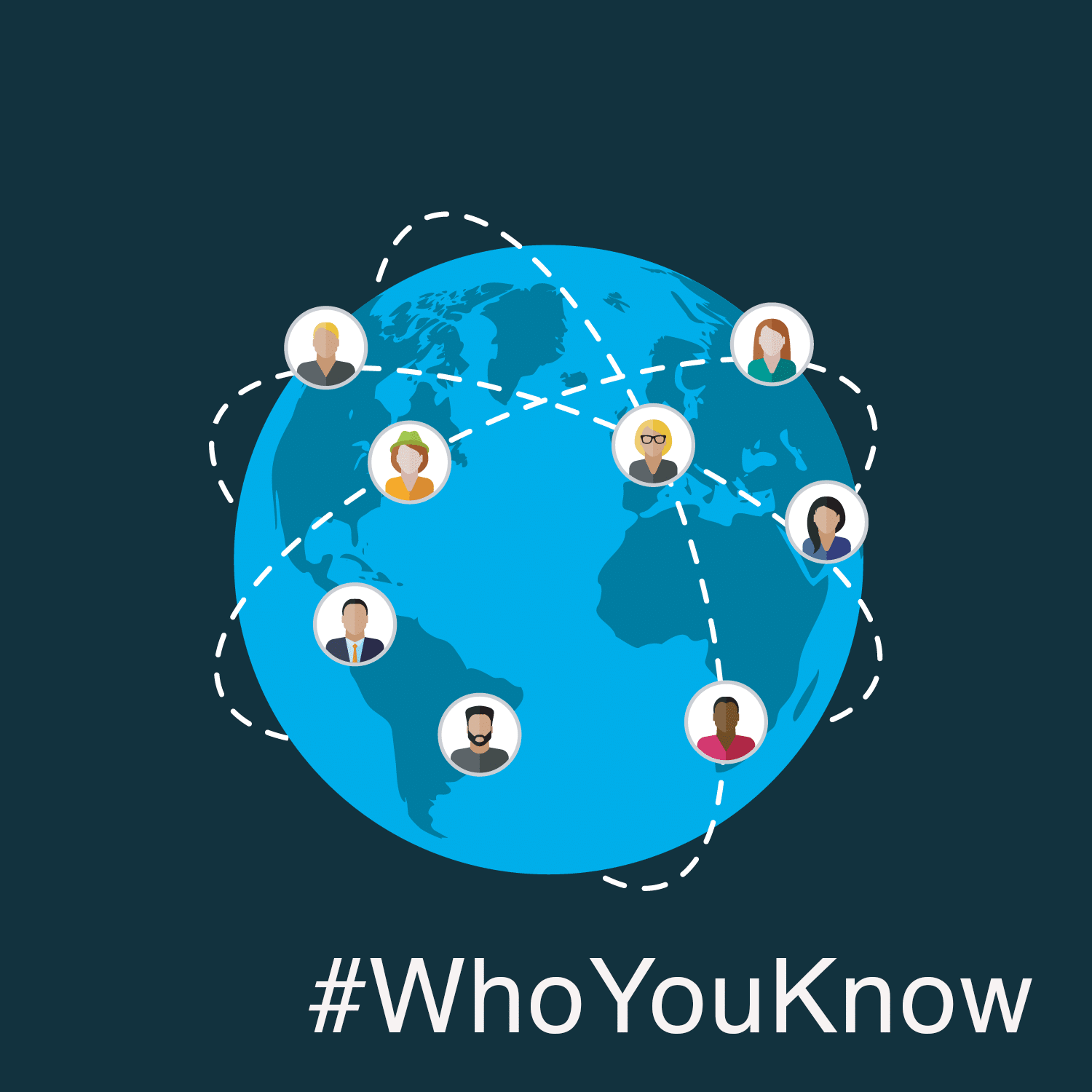Today’s hig
There are a number of organizations emerging to tackle these shortages by using technology to expand students’ access to adult supports in ways never before possible. For example, iCouldBe is an e-mentoring service for at-risk high school students. The program takes up one class period per week and includes over 80 activities that focus on skill-building for academic success, career exploration, and networking. Each student selects a mentor based on her interests: this mentor is an industry professional who guides the student through the curriculum and serves as a support to identify, plan, and achieve the student’s goals. Students and mentors interface via email over a secure online platform, with no face-to-face interaction to protect students’ privacy and safety.
Another organization, iMentor, strives to connect low-income students with college-educated professionals in order to establish personal relationships that support students in graduating high school, succeeding in college, and achieving their ambitions. Using a detailed curriculum, mentors help students to navigate the college application process and build critical skills that lead to college success. iMentor partners with public schools, notably in Chicago and New York City, and with organizations such as Big Brothers Big Sisters and the Hispanic Scholarship Fund. Students and mentors connect through an online platform, as well as in person.
A third organization, Student Success Agency, also aims to fill gaps in students’ access to relationships and information by giving students an online “agent,” much like a pop star or famous athlete would have. These agents are college students or young, high-demand industry professionals who help high school students in self-discovery, portfolio building, and the college application process. Depending on their membership level, students connect with mentors via a video chat platform twice per month or once per week.
All three of these organizations not only target shortages in college and career guidance, but also serve to expand students’ access to networks beyond the school and neighborhood. As my colleague Julia Freeland has already pointed out, figuring out who is willing to pay for network-expanding mentoring tools like these is crucial to understanding how we can sustainably manage the costs of a system that connects students with adults beyond their school and classroom. Student Success Agency has a straightforward approach: students (or, in most cases, parents and some high schools) pay for Agency services on a subscription basis. iCouldBe, on the other hand, relies primarily on corporate partnerships and a small number of school subscriptions to provide its services free of charge to the majority of its school partners. Lastly, iMentor partners with schools and organizations to bring mentoring to students: this three-year partnership, though, is costly and usually requires help from various foundations and corporate and individual supporters, as well as in-kind donations and volunteers. In sum, none of these models have found ways to serve the highest need students without significant support from philanthropic and corporate giving.
Could organizations like these disrupt classic college and career preparation services or traditional face-to-face mentoring programs? Disruptive innovations take root when a new product offers simplicity, convenience, accessibility, and affordability where there is complication and high cost. Both in-school guidance and private college coaching may be vulnerable to the disruptive forces made possible by online and blended mentoring applications.
School guidance counselors typically meet only with students at a physical school on certain days and for a very short period of time. Technology platforms stand to offer students more convenient and flexible access to mentors who can in part fulfill this guidance role. If organizations like iCouldBe, Student Success Agency, and iMentor could drive down the cost of their programs so much that they would be cheaper than hiring an actual guidance counselor, they might stand to disrupt face-to-face counseling. None have fully sustainable business models to do so, however, and all three are currently used to supplement guidance counselors rather than supplant them. As such, they appear to be hybrid innovations. Hybrid innovations arise when programs create sustaining enhancements of the traditional structure, rather than truly disrupting them. In this case, schools are layering programs, like iCouldBe, Student Success Agency, and iMentor, over their existing guidance practices, not redesigning the system and delivery of college and career preparation.
On the other hand, these programs could disrupt costly private college consultant programs, such as College Coach. Costing hundreds, even thousands of dollars, these consultant programs are really only available to students from affluent families who are able to afford a personalized college preparation services. Student Success Agency and iMentor cater to students whose alternative to such high-end consultants is nothing at all. By capturing these nonconsumers, these organizations have the potential to disrupt high-end, private college consultant programs. This remains contingent, of course, on figuring out a business model in which someone—schools, families, or corporations—is willing to pay for such services at scale.
iCouldBe, iMentor, and Student Success Agency are all compelling experiments in expanding students’ mentorship networks and access to college and career preparation services. But the alarming truth is that even if we can agree that students could benefit from such services, many schools are not set up to pay for them. In my next post, I’ll be investigating how schools are spending their money on college and career preparation—and how they might better allocate their resources to connect students to the relationships and information they need to reach college and beyond.



